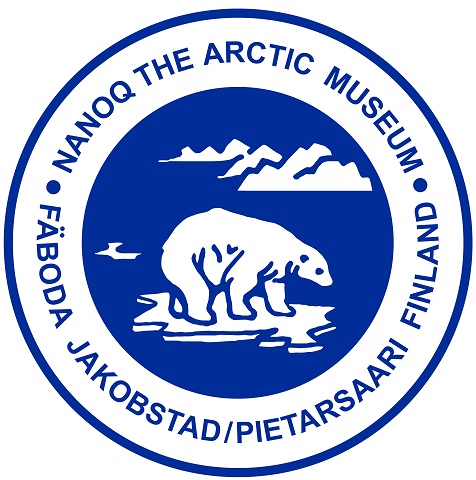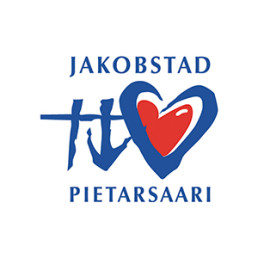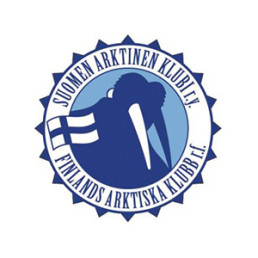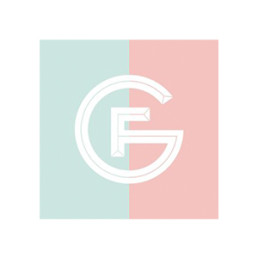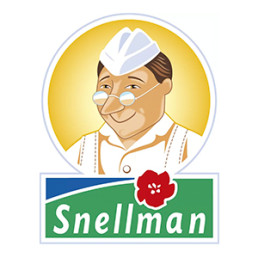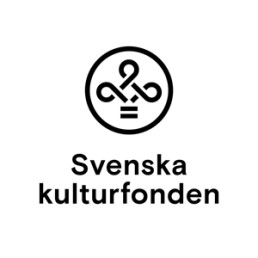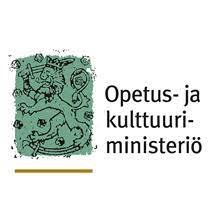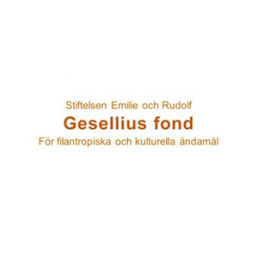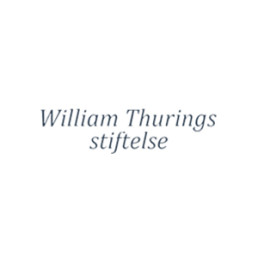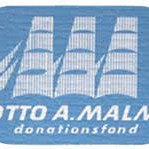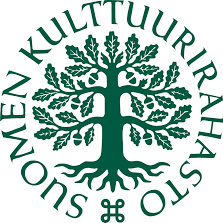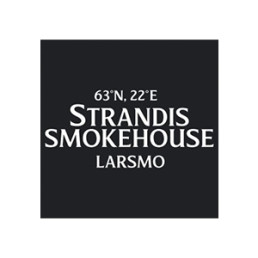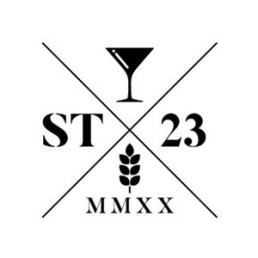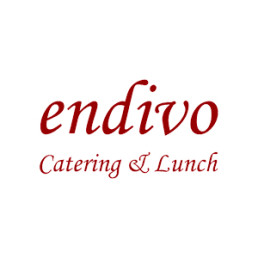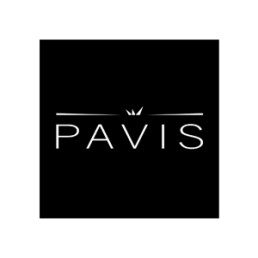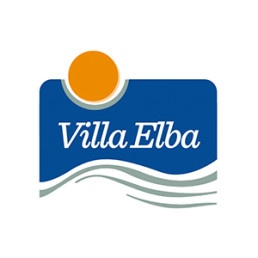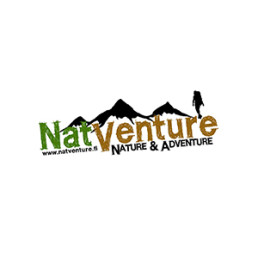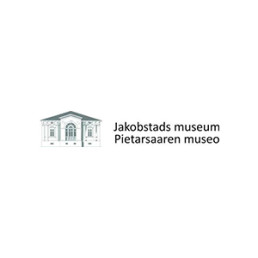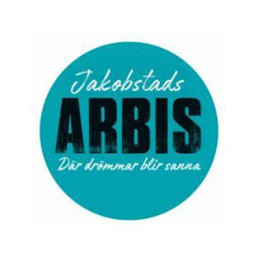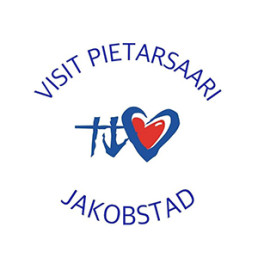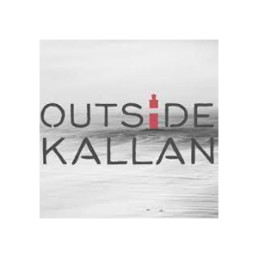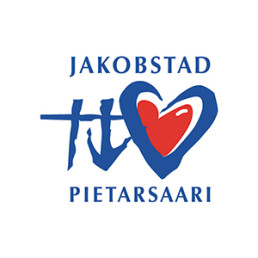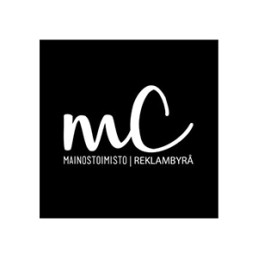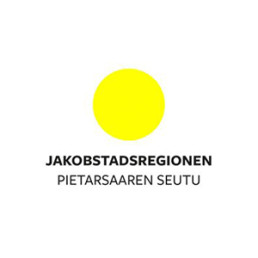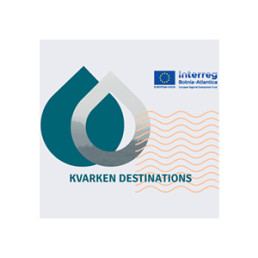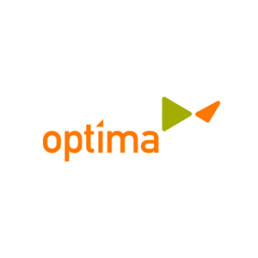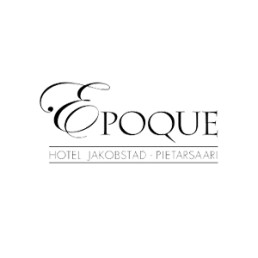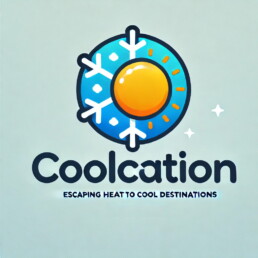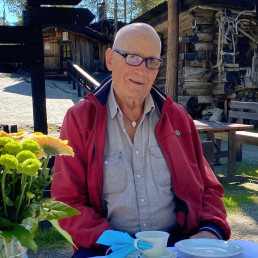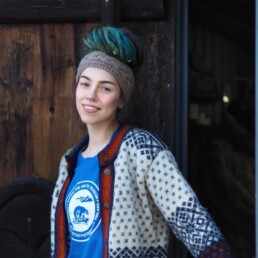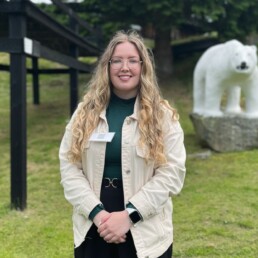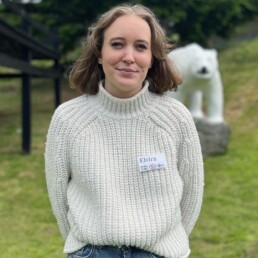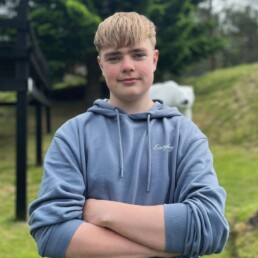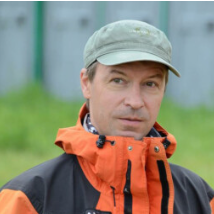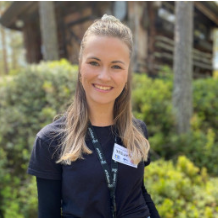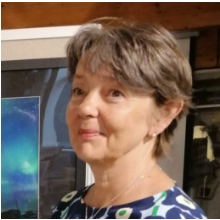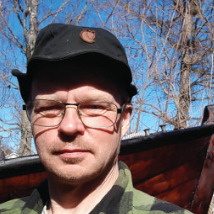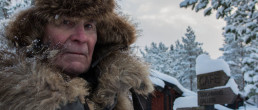
Nanoq's founder - Pentti Kronqvist
Arctic explorer and museum director
Pentti Kronqvist is a retired firefighter from Pietarsaari, but he is also an arctic explorer and a museum director. Pentti was born in Vasa year 1938 and was adopted as a small boy to Fäboda, the area where the museum is now. He grew up near the sea and close to the woods. The broad ices of the Gulf of Bothnia fascinated him already as a young boy.
Pentti worked at the fire department in Jakobstad for 34 years before he retired from being head of the fire department in 1994. He was a specialised paramedic and rescue diver. He was also talented in doing sports, especially running 800 and 1500 meters. Training hard and having a challenging job gave him good qualities to survive the tough conditions in the arctic areas.
Pentti first participated in an expedition to Greenland in 1971. This was the beginning of his arctic adventures. In 1976, Pentti participated in a bigger challenge, skiing from northern Greenland to Canada together with Christer Boucht and Hans Koivusalo. During this trip he met the Thule inuits for the first time and got fascinated about their lifestyle. In May 1981, Pentti led the Finnish-Norwegian Trans-Greenland expedition across Greenland, the trip was almost 700 km.
Over the years, Pentti has made numerous trips to Greenland. He has also become a wanted lecturer about the Thule inuites and has held lectures in, i.a., Finland, Scandinavia, Germany, Italy and France.
The idea to start an arctic museum to Fäboda was born already in the 1970s, but the time was right to realize the plan in the late 1980s. Pentti has been working as a museum director at Nanoq from the beginning and has been the soul of the place the entire time it has existed. Pentti and the Nanoq Museum have received many honorary awards and medals from various organizations. Among other things, he is an honorary member of the Finnish Arctic Club and Uppik, the Finland-Greenland Association.
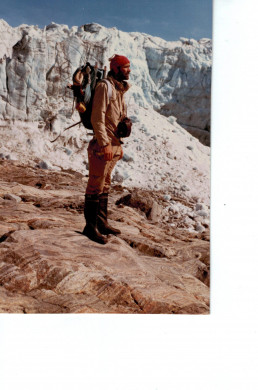
Pentti's and Nanoq's timeline

Museum Grounds
The museum grounds have over 20 different buildings. All houses are built in old, close-to-nature style. Pentti Kronqvist has decorated the interior of the cottages with old rustic objects.
In summer we open our summer café, where you can enjoy a cup of coffee or a cool ice cream. Next to the museum grounds, there is a beautiful trail for hiking in the Fäboda forests.
1. Main Building
The main building blends into the surrounding environment in a natural way and is built to mimic a large peat house.
2. The Bear’s Den
The museum area includes an idyllic small village of cottages that Pentti built between 1956 and 1983. All the cottages are old demolition objects from the area that have been rebuilt.
3. Peat House
The Peat House is the traditional way to build houses in northern Greenland. The style has been used by hunter-gatherer groups for thousands of years. Pentti Kronqvist stayed in a peat house like this in the abandoned hunting village of Etah, during his expedition from northern Greenland to Canada in 1976. In northern Greenland, Western-style houses began to be built as late as the 1950s.
4. Goichman’s Gallery
Nanoq has the world’s largest collections of Professor Wladimir Goichman’s paintings. Goichman (1903-2001) was an artist, arctic explorer, and neurosurgeon who was Pentti’s dear friend. During Goichman’s travels in the Arctic, he drew beautiful sketches of his surroundings which he later painted into beautiful oil paintings. 111 of them are now situated at Nanoq, some are in Goichman’s Gallery and some in the main building.
Goichman’s Gallery is available to rent
5. Rudi’s Hunting Cabin
This small catch cabin is a copy of Norwegian Henry Rudi’s hunting cabin on Spitsbergen, Svalbard. Rudi mainly hunted polar bears, and was nicknamed “the Polar Bear King” after catching a total of 713 polar bears.
6. Commander’s Bunker
This cottage is a model of a command bunker from the Finnish Winter War 1939-1940. The Winter War was fought between Finland and the USSR at the beginning of World War II. The war lasted 105 days and took place in one of the coldest winters in Finnish history. Here you can learn about how the soldiers fought in the cold, what strategies were used and how little Finland managed to stop the Soviet offensive.
The Commander’s Bunker is available to rent.
7. Hunting Shed
In this cottage, you can get acquainted with equipment and utensils that have been used in the Ostrobothnian coastal areas in both hunting and fishing. In Ostrobothnia, seals have been hunted for our people for hundreds of years.
8. Gold Washing Camp
The gold washing camp shows how people lived and what tools were used for gold washing in Lappland, northern Finland, in the latter half of the 1800 century. At that time a kind of gold rush arose in the area of Ivalo River.
9. Church – Avannaata Ulloria
The church is a copy of one of the world’s northernmost churches, which was built in the northwest of Greenland in 1909. It is an Evangelical Lutheran church, where church ordinances such as baptisms, marriages and burials can be held.
The church is available to rent for Christian ceremonies or events
10. Nyholm’s Shed
In 2015, Dr Erik S. Nyholm donated part of his research equipment to Nanoq. Nyholm was a Finnish predator researcher and writer. He made several research trips to the island of Kinnvika at Spitsbergen, where he studied polar bears.
11. Smoke sauna
Sauna bathing is an important part of Finnish culture, and the sauna has been around for hundreds of years in Finnish homes. A smoke sauna is an early form of sauna because it lacks a chimney, chimneys were connected to the Finnish sauna first in the 19th century.
The smoke sauna is available to rent
12. Big Cabin
The big cabin comes from Larsmo and illustrates what a typical farmhouse could look like around the turn of the 20th century in Finland. The large cottage is part of a cottage village with a total of eight cabins in the museum area. All the cottages are in Finnish country style.
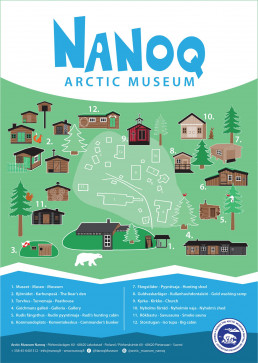
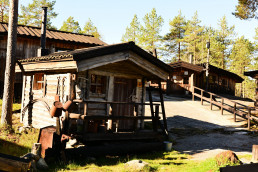
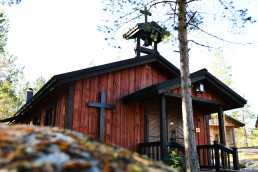
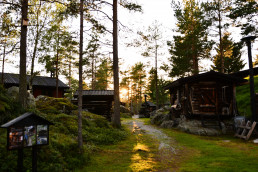
Visit Nanoq
Nanoq is located 7 km outside Pietarsaari city center in Fäboda village.
If you want to visit Nanoq but don’t have a car, you have these three options:
-
You can get to Nanoq every day during the summer by a bus organized by Pietarsaari, until August 11th. Departure at 11:10 from the city center at the Campus Allegro bus stop on Kauppiaankatu. Return to the city center at 14:05 from the lower parking lot of the museum. The price is €2/passenger. Children under 4 years old travel for free. Payment by card or cash.
- Rent a bike from After Eight.
- Book a taxi from one of our local taxi businesses. For example Taksi Jakobstad Pietarsaari.
Practical information
- To reach the museum, you need to walk 300 meters along a forest path that starts from the parking lot next to Pörkenäsintie. There is a parking space for visitors with disabilities and staff up by the main building.
- If you have booked a space or a larger experience package, you are allowed to use the staff parking. Note, however, that the staff parking can accommodate a maximum of six cars.
- Four-legged friends are allowed on the museum grounds but not inside the buildings.
- The museum reception is located in building number 1.
- If you wish for a guided tour, it is advisable to call or email in advance, but you can always ask on-site if a guided tour is available.
- The museum has two unisex toilets. One of the toilets is equipped with a potty.
Acceccibility
- If needed, the staff will drive down to the parking lot and transport guests up to the museum. Contact the staff in advance if you require this service.
- Nanoq is located in the middle of the forest and the terrain is natural. There may be slippery stones and roots as well as wet ground in various places. Be careful when moving around the museum area.
- Due to the museum’s location in nature, it can be difficult or impossible to get around with a wheelchair in some places, but generally, you can move freely with a wheelchair on the main path. Due to the terrain, we recommend having an accompanying assistant.
- Buildings/places accessible with a wheelchair and accompanying assistant are the ground floor of the main building, Goichman’s gallery, the cafeteria, the wind shelter, and the church (notify the staff so we can place the wheelchair ramp at the church).
- The toilets are not classified as accessible toilets but there is enough space in them to turn around with a wheelchair.

Our Partners
Without our volunteers, sponsors and donors Nanoq would not exist – the museum is entirely built with donated money and materials. Over the years, the number of sponsors and donations has been many and we are extremely grateful for all the support we have received, small and big. A special thank you to our biggest sponsors and donors who made it possible to build the museum: UPM, Sparbanken Deposita and the City of Jakobstad. During all our years, we have also received valuable support from Svenska Kulturfonden.
Talkogang – Volunteers
“It’s great that the talko group has always been there. I am proud that we have accomplished all of this and will never forget those who have supported and sponsored the museum” – Pentti Kronqvist
The Nanoq Museum is especially unique, as it is built only with the help of voluntary labor and donations. No loan has ever been taken out.
Nanoq’s “talko gang”, the volunteers, were diligent and professional. Some were retired professionals from the construction industry, others were still employed, but everyone was multi-skilled. The talko gang consisted of builders such as bricklayers, carpenters and electricians, but there were also others who participated who came from other industries.
Everyone had a common goal and there was a strong desire for the work to be done with quality and accuracy. During the work, the talko gang became a tight-knit group, they trusted each other and enjoyed each other’s company. Although the work was sometimes very hard and intense, they still remembered to have fun at the same time.
The talko gang also raised money for the museum’s activities by arranging a café in center during the summer festival of Jakobstad and selling posters of pictures taken by Pentti during his travels.
“At the museum we forgot the titles and everyone was equal and worked towards the same goal. We complemented each other and were friends. The community and social interaction was probably the best thing for all of us, the coffee breaks in Storstugan were fun and of course we also had good parties as a counterweight to hard work. No one was here against their will. Many hours we spent here, but now look at the quality of the job, beautiful and nice. It’s cool that we built this, every stone, every nail our gang has put in place together” – Carl-Gustav Eriksson, talko member
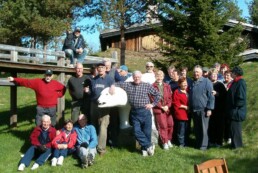
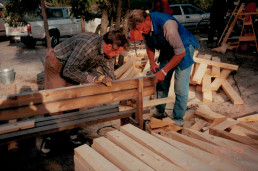
Sponsors
Foundations & Trusts
Collaborations
Other Partners

